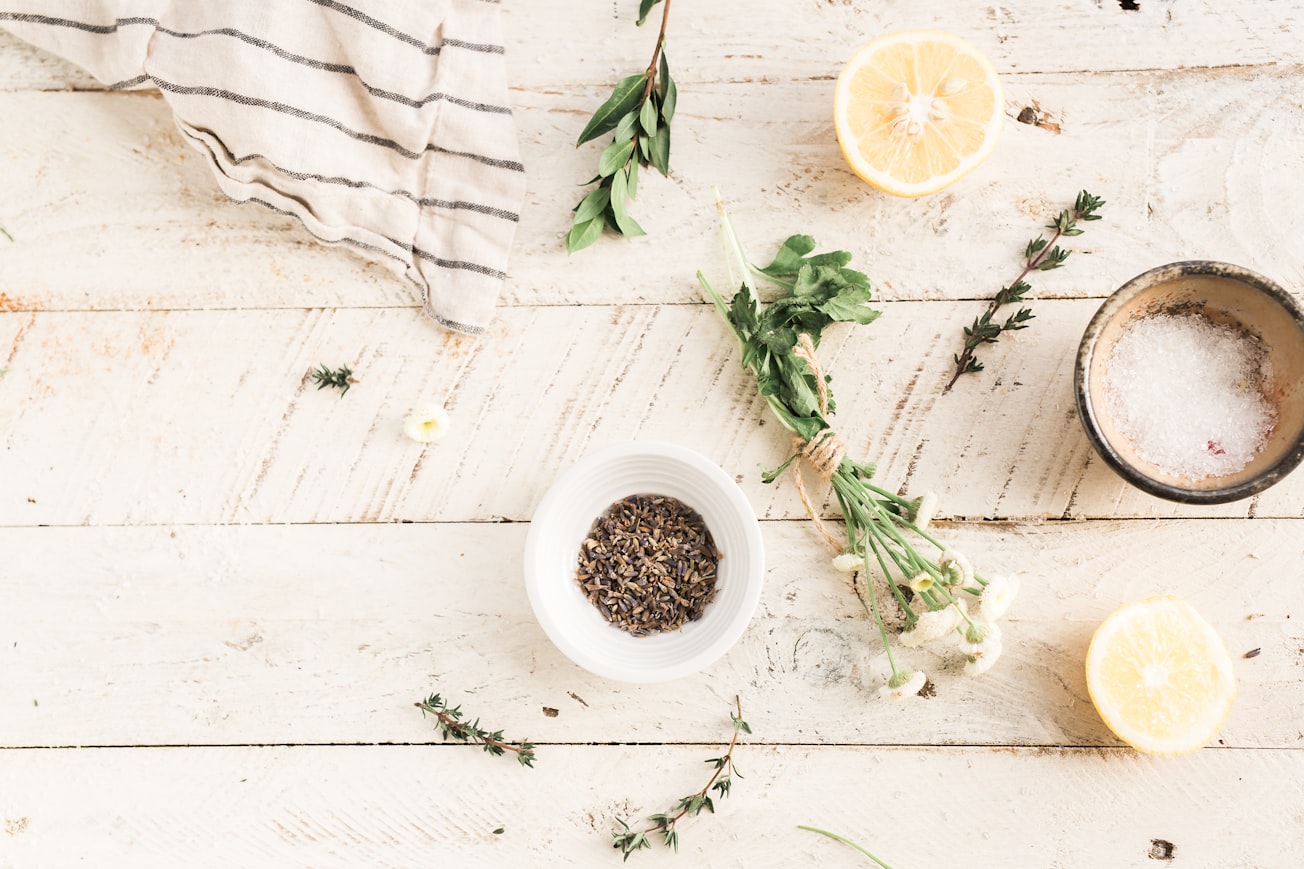What is it about?
Myristicin is an allylbenzene and a major key constituent of many plant species, such as Myristica fragrans Houtt. (nutmeg), Foeniculum vulgare Mill. (fennel), and Petroselinum crispum (Mill.) Fuss (parsley). Their plant parts have been used in traditional medicine and as a flavoring seasoning for cooking but, and as biopesticides with natural compounds.
Featured Image

Photo by Brooke Lark on Unsplash
Why is it important?
Myristicin has been related with several biological effects, such as anticarcinogenic, anti-inflammatory, antimicrobial, antioxidant, antidiabetic, analgesic, and hepatoprotective. The traditional uses include the treatment of complications related to gastrointestinal tract, respiratory system, and gynecological disorders.
Perspectives
This review summarizes the biological activities of myristicin and myristicin-rich plants, toxicological effects along with its bioavailability, and metabolism. In addition, their traditional uses and their role as ecological remedy in plants protection has been reviewed. Nutmeg is the myristicin-rich plant with more pharmacological effects reported but also with most contraindication and toxically reports.
habilitated doctor, chemist Monica BUTNARIU
University of Life Sciences "King Mihai I" from Timisoara
Read the Original
This page is a summary of: Myristicin: From its biological effects in traditional medicine in plants to preclinical studies and use as ecological remedy in plant protection, eFood, May 2023, Wiley,
DOI: 10.1002/efd2.90.
You can read the full text:
Resources
Contributors
The following have contributed to this page







